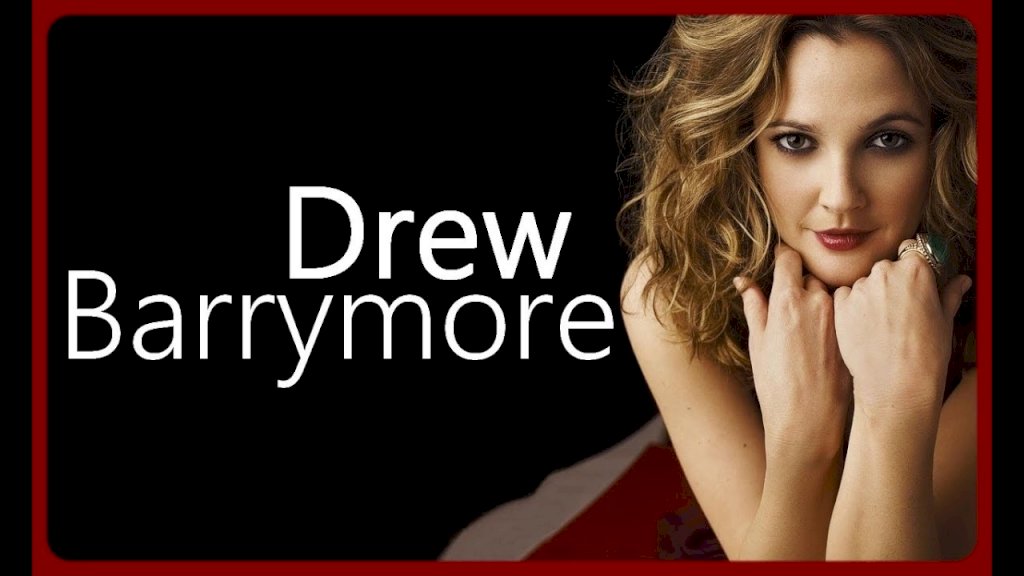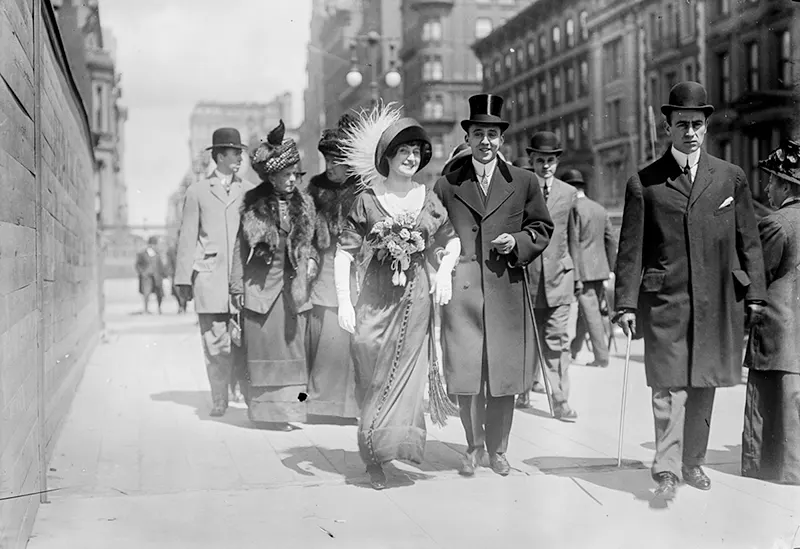The Great Depression casts a long shadow across America, a time of hardship and despair. Enter a six-year-old Shirley Temple, with her infectious smile and undeniable charisma, bursting onto the silver screen in "Stand Up and Cheer!" This charming musical became a cultural phenomenon, not just for its lighthearted entertainment but for the way a little girl named Shirley Temple lifted the nation's spirits.

"Stand Up and Cheer!" is a delightful, albeit somewhat fantastical, take on boosting national morale during the Depression. The film centers around Lawrence Cromwell (Warner Baxter), a Broadway producer appointed by the President to head a new Department of Amusement. Cromwell's task: to use entertainment to revitalize the American spirit.
While the plot unfolds with various vaudeville acts and musical numbers, it's Shirley Temple's Shirley Dugan who truly steals the show. Shirley, along with her widowed father, Jimmy (James Dunn), is a struggling vaudeville act. Jimmy, desperate to get his daughter back onstage, breaks regulations by sneaking Shirley into the Department of Amusement.

What follows is a scene that perfectly encapsulates Temple's magic. Dressed in a bright red dress with her signature curls bouncing, Shirley performs the now-iconic song "Baby Take a Bow." Her tap dancing is impressive for her age, but it's her genuine charm and stage presence that resonate. The audience, both within the film and outside in theaters across the country, can't help but be captivated by this little ball of sunshine.
Temple's impact on the film is undeniable. "Stand Up and Cheer!" was a box office smash, becoming the top-grossing film of 1934. Critics, while acknowledging the film's simplicity, praised Temple's performance. The New York Times, in its review, stated, "Shirley Temple is a riot...She is the one bright spot in a generally undistinguished picture."

But Shirley Temple's role in "Stand Up and Cheer!" goes beyond box office success and critical acclaim. Her bubbly personality and undeniable talent resonated with a nation yearning for hope. Here, in the midst of economic despair, was a little girl radiating joy and resilience. Audiences, many struggling themselves, found solace in her sunny disposition. Shirley became a symbol of optimism, a reminder that even in the darkest times, there was still room for laughter and a fighting spirit.
Temple's portrayal in "Stand Up and Cheer!" also sparked conversations about child performers. While some critics expressed concerns about exploiting children in Hollywood, audiences overwhelmingly embraced her. She wasn't just a talented dancer and singer; she was a beacon of light, a symbol of childhood innocence that America desperately craved.

The film's legacy extends beyond its historical context. "Stand Up and Cheer!" remains a delightful testament to the power of entertainment. The vaudeville acts, though dated, offer a glimpse into a bygone era of performance. The musical numbers, while simple, are catchy and upbeat.
But it's Shirley Temple who truly makes the film timeless. Her performance transcends generations. Even today, viewers can't help but be charmed by her infectious energy and undeniable talent. "Baby Take a Bow" remains a classic song, a testament to the enduring power of her performance.

"Stand Up and Cheer!" is a reminder that even in the face of hardship, there is room for joy and resilience. The film may be a lighthearted musical, but its impact on American culture during the Depression is undeniable. And at the heart of it all stands Shirley Temple, a little girl who, with a tap of her shoes and a smile that could melt hearts, helped a nation rediscover its spirit.















